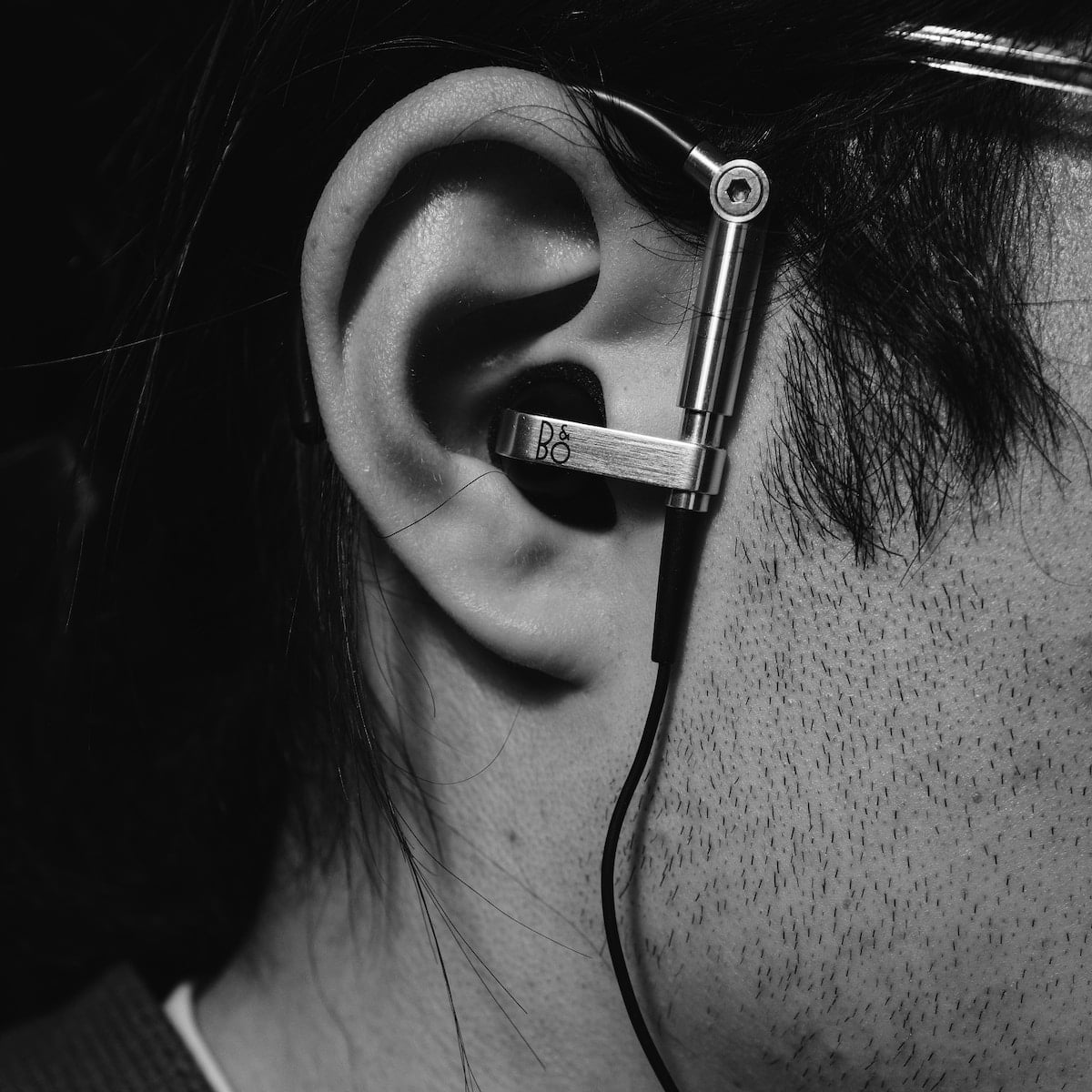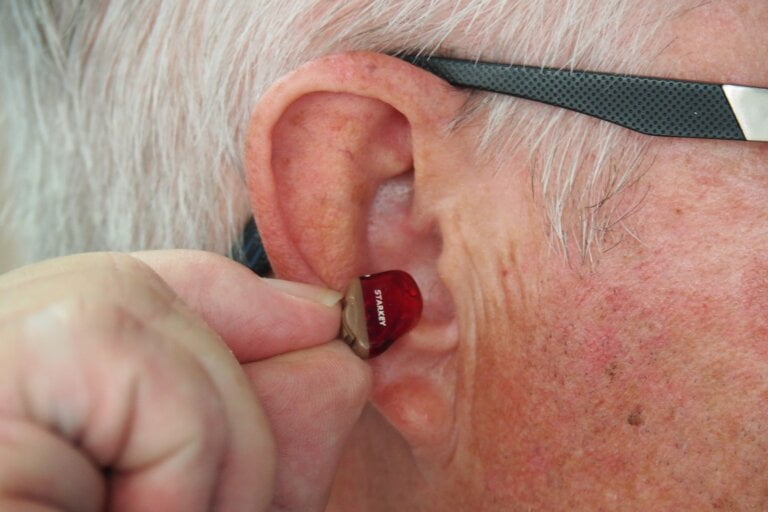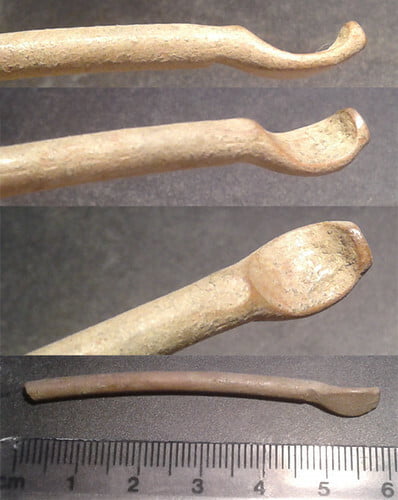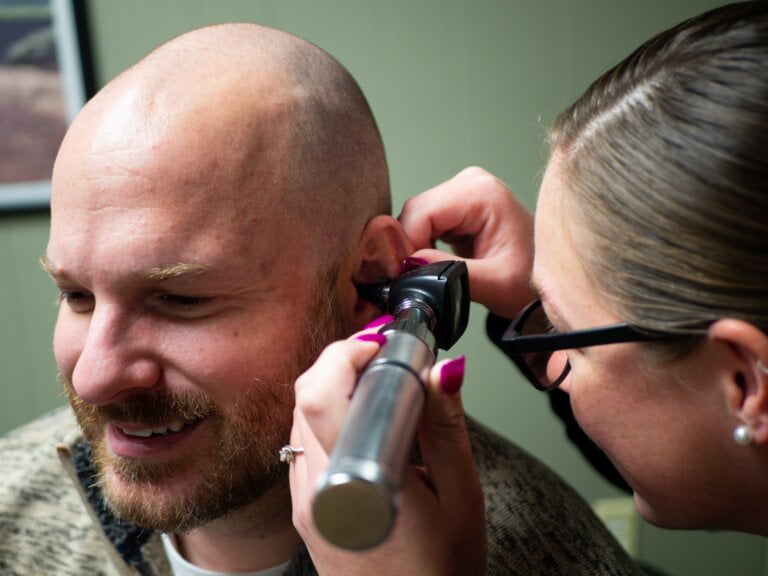Your Career Compass: A Guide to Job Opportunities in Manual Instrument Ear Wax Removal
Last Updated on 25th April 2024 by Admin
Ear wax removal is an essential part of maintaining ear health and preventing various ear-related issues. While there are several methods to remove ear wax, manual instrument ear wax removal has gained popularity due to its effectiveness. This guide will explore the job opportunities available in the manual instrument ear wax removal career field and provide valuable insights for those interested in pursuing this profession.
What is Manual Instrument Ear Wax Removal?
Manual instrument ear wax removal, also known as microsuction, is a technique performed by trained professionals to remove excessive ear wax build-up using specialised instruments. Unlike other methods such as ear syringing or ear irrigation, manual instrument ear wax removal ensures a safer, more precise, and controlled removal process. It involves the use of a microscope and a suction device, allowing the Audiologist to visualise and remove the wax gently.
Manual instrument ear wax removal is a highly skilled procedure that requires extensive knowledge of ear anatomy and proficiency in using specialised instruments. The professional performing the procedure must be able to accurately identify the location and amount of ear wax build-up to ensure effective removal without causing any damage to the ear canal or eardrum.
Job Opportunities in Manual Instrument Ear Wax Removal
The demand for manual instrument ear wax removal services has significantly increased in recent years, creating a range of job opportunities in this career field. Let’s explore some of the potential roles professionals can consider:
1. Ear Wax Removal Specialist
An ear wax removal specialist is the primary position in this field. These professionals are trained in the techniques and procedures of manual instrument ear wax removal. They work directly with clients to assess their ear health, identify wax build-up, and safely remove the excess wax using specialised instruments.
Ear wax removal specialists often work in private practices, audiology clinics, or ear care centers. They may also provide mobile services, visiting clients at their homes or other locations. These specialists need to have excellent communication skills to educate clients about ear health and preventive measures to minimise future wax build-up.
In addition to manual instrument ear wax removal, ear wax removal specialists may also offer other services such as ear canal cleaning, ear examination, and the fitting of ear protection devices. They play a crucial role in promoting overall ear health and preventing ear-related issues.
2. Audiologist
Audiologists play an essential role in diagnosing and treating various hearing and balance disorders. While audiologists focus on broader aspects of ear health, many professionals in this field include manual instrument ear wax removal as part of their services. As an audiologist, you can incorporate ear wax removal into your practice and offer comprehensive care to your patients.
In addition to manual instrument ear wax removal, audiologists conduct hearing tests, assess hearing aids, provide rehabilitation services for individuals with hearing loss, and offer counseling on hearing conservation. By adding ear wax removal to their skill set, audiologists can address multiple aspects of ear health and provide holistic care to their patients.
3. ENT Specialist
Ear, Nose, and Throat (ENT) specialists are medical doctors who specialize in diagnosing and treating conditions related to the head and neck. While ENT specialists primarily focus on surgical interventions and complex ear-related issues, many also provide manual instrument ear wax removal services. This additional expertise allows them to offer holistic care to their patients.
ENT specialists may work in hospitals, clinics, or private practices. In addition to manual instrument ear wax removal, they diagnose and treat various conditions such as ear infections, hearing loss, tinnitus, sinus problems, and throat disorders. They may perform surgical procedures to address more severe cases of ear-related issues.
4. Ear Care Technician
Ear care technicians work alongside ear wax removal specialists, assisting in the assessment and removal process. They perform tasks such as preparing equipment, maintaining cleanliness, and ensuring patient comfort. Although they may not perform the actual ear wax removal procedure, their role is crucial in supporting the smooth functioning of the clinic or practice.
Ear care technicians need to have a good understanding of ear anatomy, infection control practices, and the proper handling of specialised instruments. They work closely with the ear wax removal specialist, providing support during the procedure and ensuring a positive experience for the client.
How to Pursue a Career in Manual Instrument Ear Wax Removal
If you are interested in pursuing a career in manual instrument ear wax removal, here are some steps you can follow:
1. Obtain Relevant Education and Training
To become a manual instrument ear wax removal specialist, you need to acquire the necessary education and training. Look for programs or courses that provide comprehensive training in ear anatomy, ear wax removal techniques, and the safe use of specialised instruments. Consider enrolling in recognised institutions or organizations that offer certification upon completion.
The education and training programs may cover topics such as the physiology of the ear, common ear wax-related issues, infection control practices, patient communication, and the proper use and maintenance of specialized instruments. It is important to choose a program that provides hands-on training and practical experience to develop the necessary skills.
2. Gain Practical Experience
While education provides the foundation, practical experience is equally important to excel in this field. Seek opportunities to gain hands-on experience under the supervision of experienced professionals. This can be achieved through internships, apprenticeships, or working as an assistant in a clinic or practice.
During your practical experience, you will have the opportunity to observe and assist in manual instrument ear wax removal procedures. This will help you develop the necessary skills in visualizing the ear canal, identifying wax build-up, and safely removing the wax using specialized instruments. Practical experience also allows you to interact with clients and understand their concerns and needs.
3. Obtain Certification
Certification adds credibility to your skills and enhances your job prospects. Look for certification programs specific to manual instrument ear wax removal. These programs often include written exams, practical assessments, and ongoing professional development requirements to maintain the certification.
Certification programs not only validate your knowledge and skills but also ensure that you are following best practices and staying updated with the latest advancements in ear wax removal techniques. Employers often prefer candidates who are certified, as it demonstrates their commitment to professionalism and continuous learning.
4. Network and Expand Your Professional Connections
Networking is vital in any career field, and manual instrument ear wax removal is no exception. Attend conferences, seminars, and workshops related to audiology, ear care, and ENT specialties. Connect with professionals already working in this field and seek mentorship opportunities to learn from their experiences.
Networking allows you to stay updated with the latest industry trends, exchange knowledge and ideas, and build professional relationships that may lead to job opportunities. Joining professional organisations related to audiology or ear care can also provide access to valuable resources and educational opportunities.
5. Stay Updated with the Latest Advancements and Techniques
As the field of ear wax removal evolves, it is essential to stay updated with the latest advancements and techniques. Subscribe to industry publications, join professional organisations, and attend continuing education courses to enhance your knowledge and skills.
Continuing education opportunities may include workshops on advanced ear wax removal techniques, conferences on the latest research in audiology, or webinars on infection control practices. Staying updated with the latest advancements ensures that you are providing the best possible care to your clients and maintaining your professional competency.
Conclusion
The manual instrument ear wax removal career field offers a range of job opportunities for individuals interested in ear health and providing essential ear care services. Whether as an ear wax removal specialist, audiologist, ENT specialist, or ear care technician, professionals in this field play a crucial role in maintaining ear health and improving the quality of life for their patients. By pursuing the necessary education, gaining practical experience, obtaining certification, networking, and staying updated with advancements, you can establish a successful and rewarding career in manual instrument ear wax removal.







